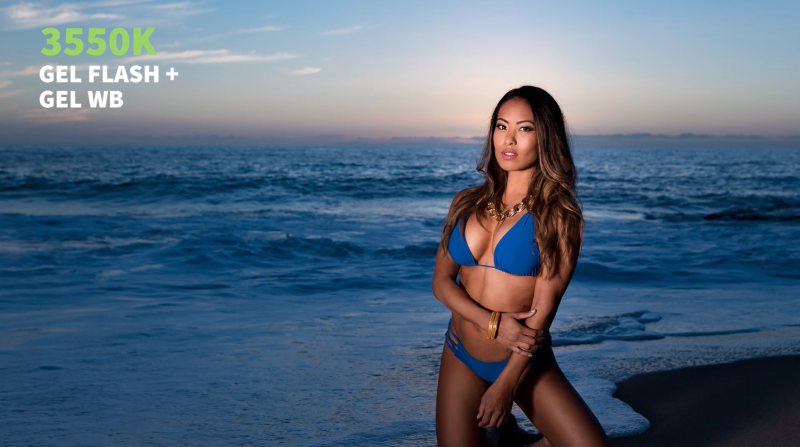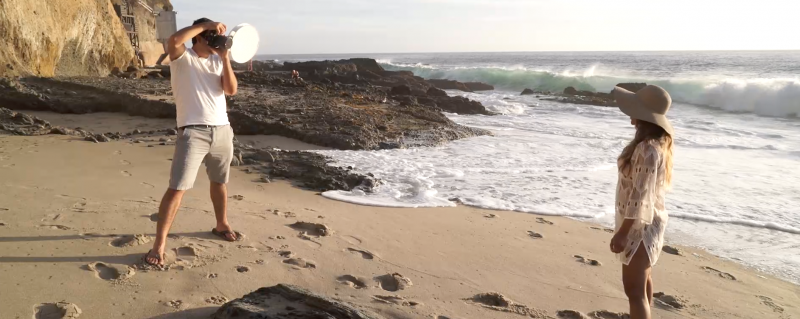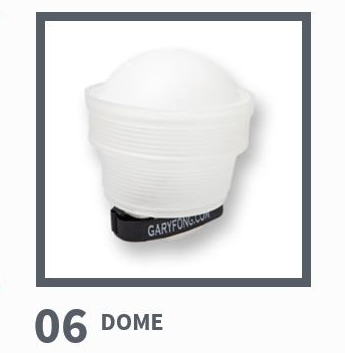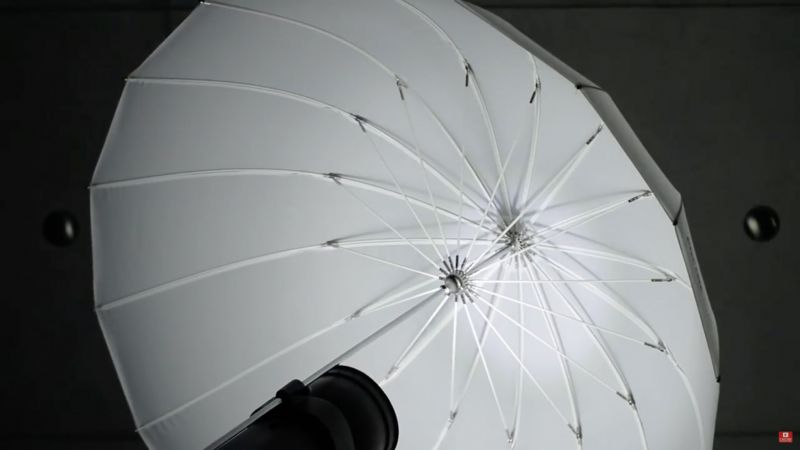
Flash modifiers in photography are used to alter the quality, color, shape, or direction of light. The right modifier depends on your creative vision and intended use. In this article, we’ll provide you with an overview of the different flash modifiers available so that you can determine which is right for your particular photographic style.
On Camera Flash Modifiers
In Lighting 101, we showed you how to control your light with the use of flash modifiers. In the first section, we’re going to show you some of our favorite on-camera flash modifiers from the course.

Grid + Flash Gels

- Favorite: Mag Mod System ($80)
- Budget: Vello Grid ($20)
Grids and gels are an easy and affordable way to get started with light shaping and color balance with your flash. Grids allow you to control and focus the light output of your flash, so the light doesn’t “spill” on other parts of your frame. Gels are a good way to get your flash to match the ambient light, or to get some neat creative effects!

Reflectors

- Westcott 40″ 5 in 1 ($40)
- Westcott Omega 10 in 1 ($100)
- Fotodiox 40×60 5 in 1 ($40)
In every workshop we’ve created, we have emphasized how important a reflector is. It’s an inexpensive, versatile tool that can make a world of difference in your photos. Whether you’re bouncing, scrimming, or using it to sit on, it’s going to make a significant difference in your photos. So if you haven’t already, go buy one!

Bounce/Mini Beauty

- Favorite: Fstoppers Flash Disc ($50)
- Budget: Impact Strobros ($29)
A bounce/mini beauty will give your tight portraits an editorial glamor look. Direct flash isn’t commonly used, but that doesn’t mean it can’t look good. When these modifiers are used correctly, it can turn an ordinary portrait into an extraordinary one.

Flash Snoots

- XP Portaflex ($10)
A snoot is a tool that can pin light your subject from your flash. It differs from the grid because it can focus the light into a smaller beam and you don’t lose as much light with this modifier.
Ring Flash

- Favorite: Expolmaging Ray Flash 2 ($140)
- Budget: DIYP Ring Flash Kit($25)
This is another modifier used to give tight portraits that beautiful soft fashion look. This modifier is unique because it surrounds the lens, providing even lighting for your subject.
Dome or Sphere

- Favorite: Magmod Magsphere
- Alternate: Gary Fong ($60)
- Budget: EzFoto Dome ($29)
The dome is the ultimate event photography modifier. It’s an ingenious little modifier that combines bounce and direct flash. That means it’s providing ambient overhead light while also filling in light on your subject’s faces.
Off Camera Flash Modifiers
In our Lighting 201,3 and 4 series, we move into off camera flash. Our two favorite flash modifiers for off camera flash are the softbox and the umbrella. We have a separate article that discusses the softbox vs the umbrella.
Umbrella

Let’s start with the umbrella. These are used to soften the light from an off camera flash. They are cheap, highly portable, and easy to set up. The downside is that the light from an umbrella spills everywhere in the scene. So if you need more directional control, you’ll likely want to opt for a softbox, which we discuss below.
Favorite & Budget: Impact Umbrella – White Translucent (33″)
Softbox
 A softbox is similar to an umbrella in that it softens and diffuses the light coming from the off camera flash. The primary difference is that the tent-like shape provides more control over the direction of the flash. You can even add a grid to the softbox to really pinpoint the direction of the light. The primary drawback is that the softbox is larger and takes longer to set up. For this reason, many wedding and event photographers stick to umbrellas.
A softbox is similar to an umbrella in that it softens and diffuses the light coming from the off camera flash. The primary difference is that the tent-like shape provides more control over the direction of the flash. You can even add a grid to the softbox to really pinpoint the direction of the light. The primary drawback is that the softbox is larger and takes longer to set up. For this reason, many wedding and event photographers stick to umbrellas.
Favorite: MagMod MagBox Pro 42″ Octa Softbox
Budget: Aputure Lantern Softbox (2.2′)
Conclusion
As with anything in photography, make your purchasing decisions based on your intended use. For example, a wedding photographer with 12 hour shooting days may opt for the most portable options while a studio photographer might be better suited for larger softboxes. Also, keep things simple and realize that bigger and more expensive is not always better. Oftentimes the best light is simply natural light. For more information on flash photography, be sure to see our Flash Training System inside the SLR Lounge Premium.




Get Connected!